Web3: Exploring the Next Generation of the Internet
1. Introduction to Web3
Web3 is a revolutionary concept that aims to create a decentralized and user-centric internet. It builds upon the existing infrastructure of the World Wide Web but introduces new technologies and protocols that prioritize privacy, security, and user control. In this article, we will explore the key features and benefits of Web3 and delve into some of the most exciting projects and products in this space.
2. Key Components of Web3
Web3 comprises various technologies and concepts that work together to build a decentralized internet ecosystem. These include:
- Blockchain technology: The underlying technology that enables decentralized consensus, immutability, and transparency.
- Smart contracts: Self-executing contracts that automatically enforce the terms and conditions of an agreement, removing the need for intermediaries.
- Decentralized identity: Empowering individuals with full control over their online identities, allowing for increased privacy and security.
- Interoperability: Seamless communication and data exchange between different decentralized applications (dApps) and protocols, fostering collaboration and innovation.
- Tokenization: The representation of real-world assets or digital goods as tokens on the blockchain, facilitating trust, ownership, and tradability.
3. Web3 Products and Projects
There are several exciting Web3 products and projects that are pushing the boundaries of the internet. Some notable examples include:
a) Ethereum
Ethereum is a decentralized platform that enables the development and execution of smart contracts. It serves as the foundation for numerous Web3 applications, including decentralized finance (DeFi), non-fungible tokens (NFTs), and decentralized exchanges (DEXs).
b) IPFS (InterPlanetary File System)
IPFS is a distributed file system designed to make the web faster, safer, and more open. It leverages peer-to-peer technology to store and distribute files across a decentralized network, eliminating the reliance on central servers.
c) Polkadot
Polkadot is a multi-chain platform that enables different blockchains to interoperate and share information. It aims to create a scalable and interoperable Web3 ecosystem where projects can leverage each other's strengths.
d) Brave Browser
Brave is a privacy-focused browser that blocks unwanted ads and trackers, ensuring a faster and more secure browsing experience. It integrates with the Basic Attention Token (BAT) to reward users and content creators for their attention and engagement.
4. The Future of Web3
Web3 holds immense potential to transform the way we interact with the internet, offering enhanced privacy, security, and control. As we move forward, some key questions and considerations arise:
a) How will Web3 impact traditional centralized systems?
Web3 has the potential to disrupt traditional centralized systems by removing intermediaries, increasing transparency, and empowering individuals. This may have significant implications for industries such as finance, governance, and data management.
b) What are the challenges and barriers to widespread adoption of Web3?
Despite its promising potential, Web3 faces various challenges such as scalability, user experience, and regulatory considerations. Overcoming these barriers will be crucial for widespread adoption and integration with existing infrastructure.
c) How can Web3 empower individuals while also addressing privacy concerns?
Web3 aims to give individuals greater control over their data and online identities. However, it is essential to strike a balance between user empowerment and addressing privacy concerns to ensure the responsible and ethical use of personal information.
d) What are the economic implications of Web3?
Web3 introduces unique economic models, such as tokenization and decentralized finance. Exploring the potential impact on traditional economic systems and understanding the benefits and risks associated with these new models will be crucial.
In conclusion, Web3 represents the future of the internet, offering increased privacy, security, and user control. With its exciting projects and potential applications, Web3 is poised to reshape the way we interact with the digital world.



